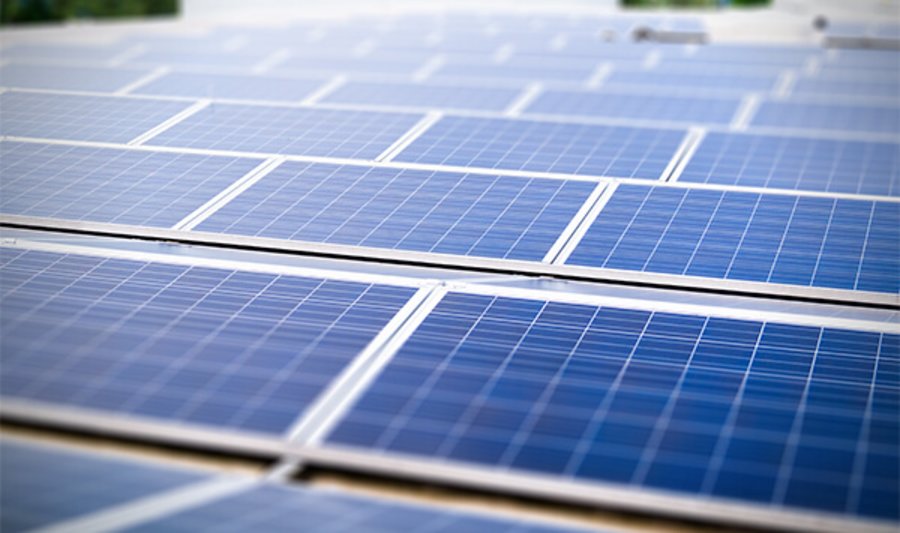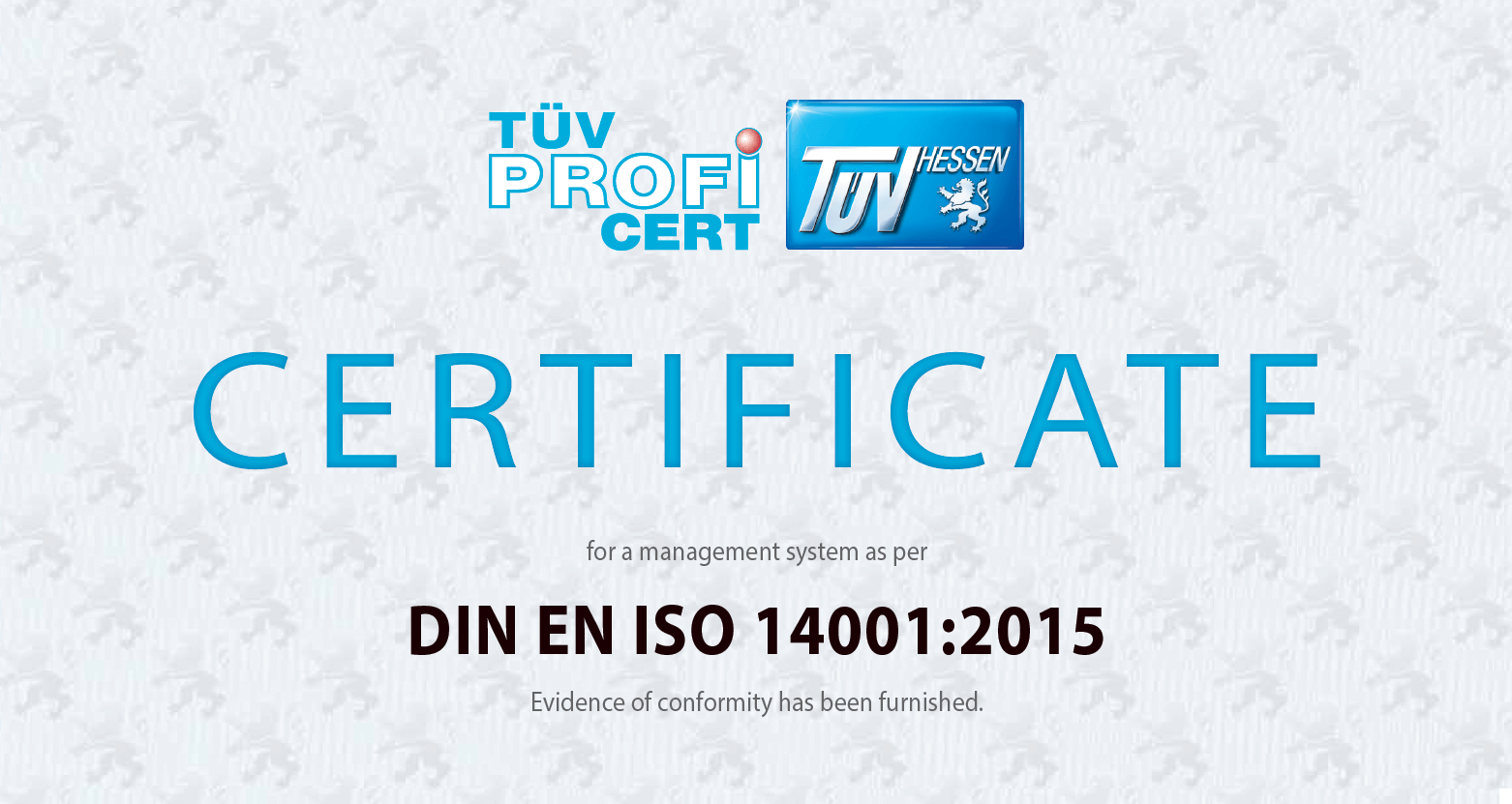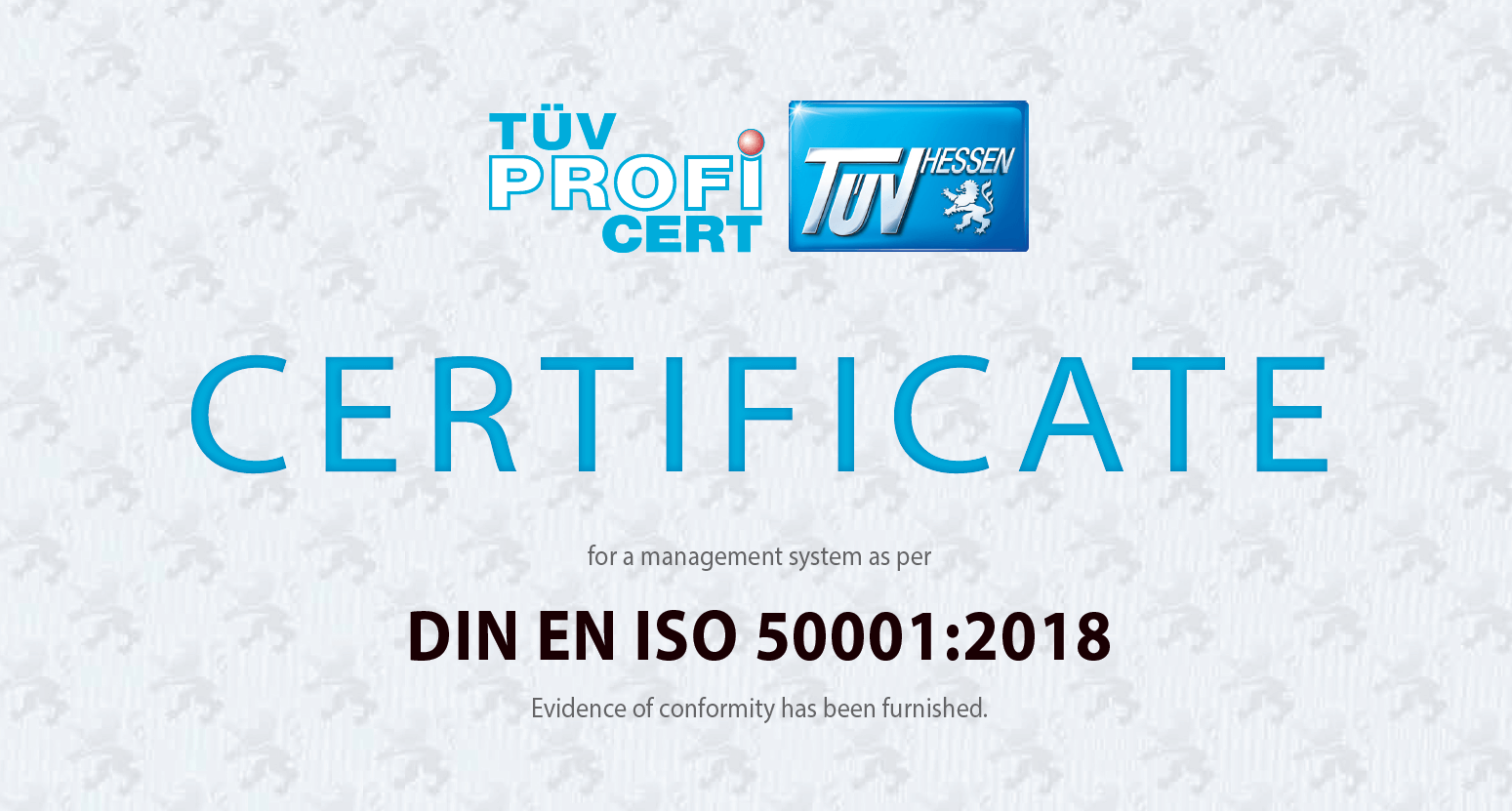Environmental responsibility and decarbonization at Bihl+Wiedemann
Decarbonization - Saving Resources Today
Reducing CO2 emissions is more important today than ever before. Bihl+Wiedemann is therefore focusing all its efforts on decarbonization. This means reducing CO2 emissions and thus reducing greenhouse gases. Climate change can be counteracted in this way. This can be achieved by switching to renewable energies or by using climate-friendly technologies. We therefore ask ourselves the following questions every day: How can we manage to cover our energy requirements exclusively with renewable energies as quickly as possible? How can we work with our suppliers to minimize the environmental impact of industrial production? And how is it possible to further optimize the already environmentally friendly and resource-saving AS-Interface technology in this respect? One thing is beyond question for us: We have a responsibility to put sustainability at the center of our business activities.
Data and facts about our solar power systems
Bihl+Wiedemann has several buildings at its headquarters in Mannheim. Wherever possible, we have installed solar modules on these buildings to do our bit for the energy transition and reduce CO2 emissions. Our first solar power system has been in operation since 2010, the second one followed in 2014, and our newest system has been in use since 2022.
Different kilowatt peaks are generated on the three buildings equipped with solar panels.
- Building 1 = 37.95 kWp – commissioning: 2010
- Building 2 = 112.20 kWp – commissioning: 2014
- Building 3 = 120.00 kWp – commissioning: 2022
In 2022, the quantity of energy we generated exceeded 174,000 kWh. As for 2023, we expect to generate 260,000 kWh of energy. A large portion of this energy is consumed directly by us and about 50,000 kWh is fed into the public grid.

Additional energies from sustainable sources
We cover a large part of our energy requirements at our headquarters in Mannheim with self-produced solar power. But of course, the sun doesn't always shine in southwestern Germany, either. In such cases, we obtain our external electricity from MVV Energie: The local energy supplier already relies on renewable energies to the greatest possible extent. MVV Energie's goal from 2040 is: "Beyond Carbon Zero". This will make them one of the first energy companies in Germany to even be climate positive. Bihl+Wiedemann is fully going along with this path.
How do we choose sustainable suppliers?
When selecting suppliers, the lowest possible CO2- emissions are a criterion that is becoming increasingly important for us. In the future, the following points will therefore become more and more important:
- What does the sustainability profile of our suppliers look like according to rating platforms and databases?
- To what extent do suppliers rely on renewable energies for production and transport?
- Does a supplier use ecological packaging and can we bundle purchasing quantities with him in such a way that the transport effort is minimized?
- Are certifications such as the ISO 14001 environmental management system or the ISO 50001 energy management system available?
Why is AS-Interface a resource-saving technology?
Today, AS-Interface (ASi) is more future-proof than ever. Because one thing is certain for us: The more environmentally friendly the solution, the better its prospects. AS-Interface has a lot to offer in this respect - especially in comparison to other automation systems at the field level:
Less plastic + less copper = less resource consumption *
* The comparison assumes that the energy used is produced in an ideal state in systems with ASi and without ASi in a climate-neutral manner.
Less cables
In an ASi network, significantly less cable is required compared to conventional parallel wiring. This leads to savings in valuable resources such as copper or plastic. As a result, the total energy consumption for cable production is significantly reduced. And this also has a positive environmental effect when it comes to disposal - less waste is produced.
Plugs and sockets are not required
Since the AS-Interface system does not require plugs and sockets, the resources needed to manufacture these components can be saved completely. The reduction in the use of materials lowers the demand for raw materials and energy. As a result, the costs for production and disposal are eliminated and the environment is protected.
Simple switching off of ASi circuits
All modern ASi-5/ASi-3 gateways have a switch to de-energize connected ASi circuits. If a plant section is currently not required, all ASi modules and the sensors supplied from ASi can simply be switched off. Instead of 2-8 A (depending on the ASi circuit), the current, which then only supplies the 30 V power supply and the gateway, drops to less than 0.2 A. When the ASi circuit is switched on again, it is ready for operation within a few seconds.







